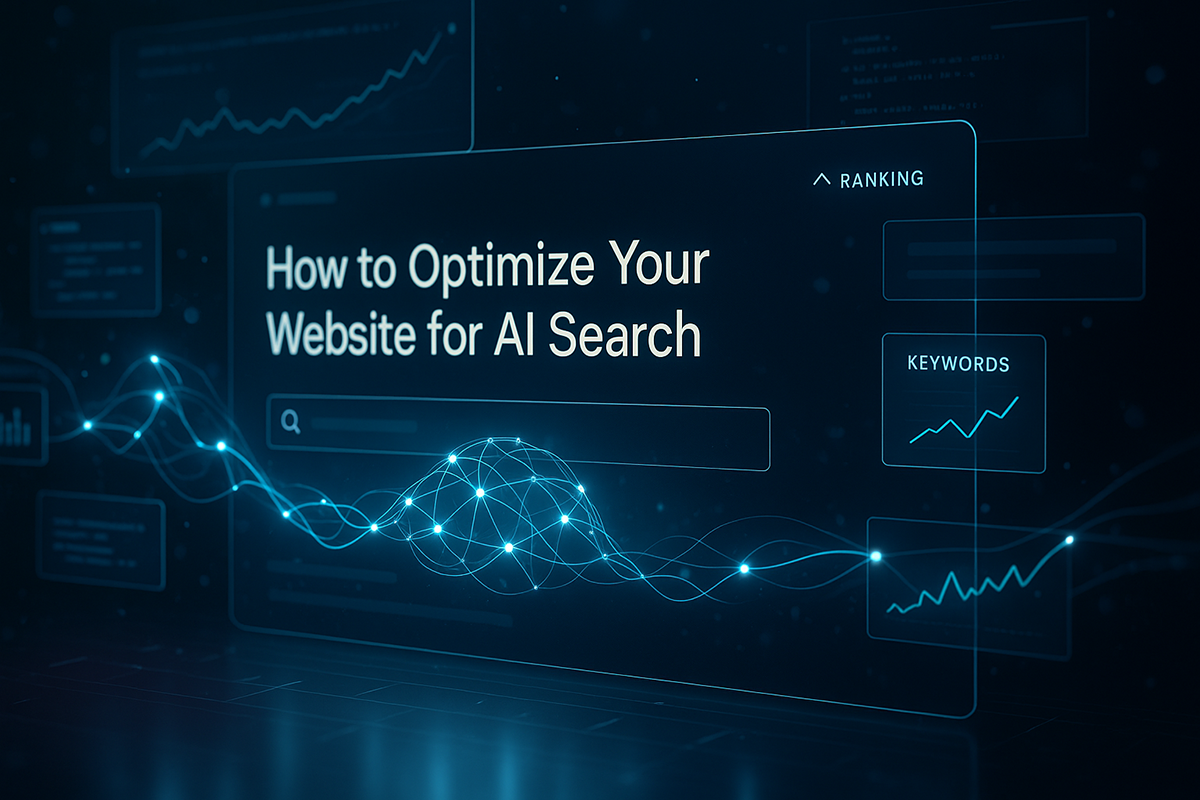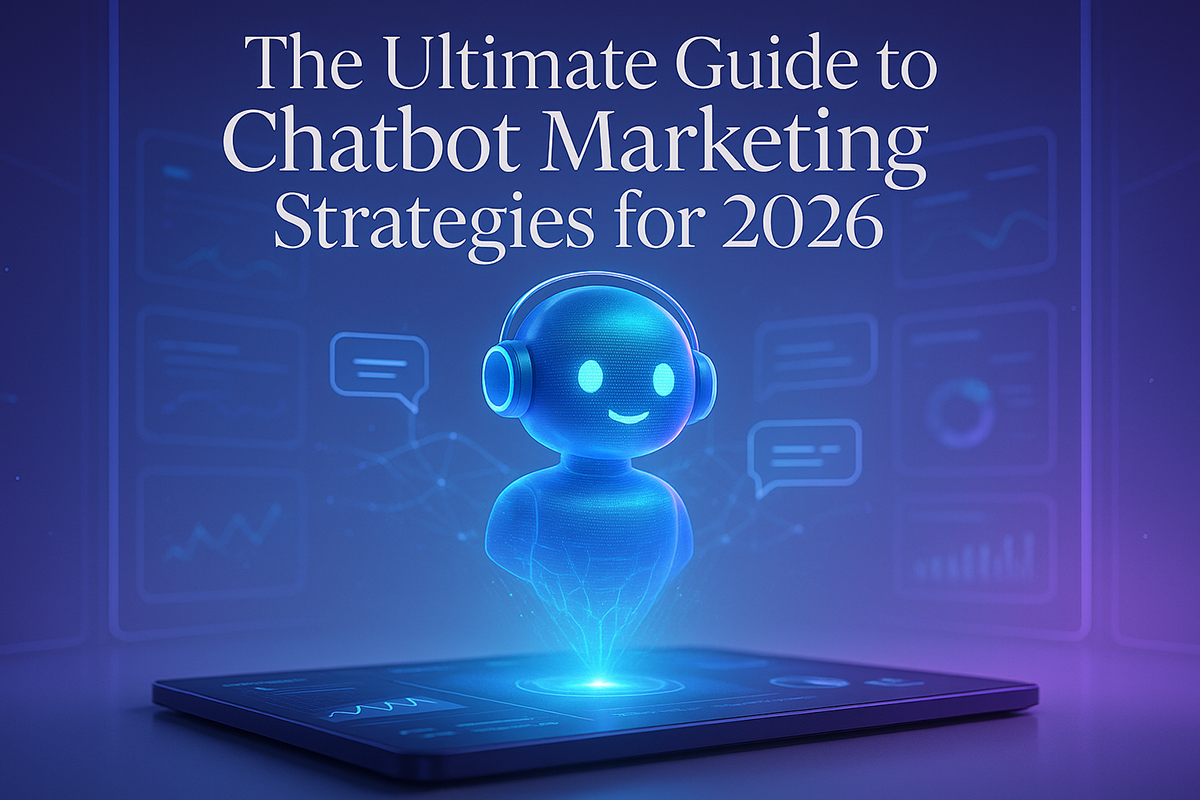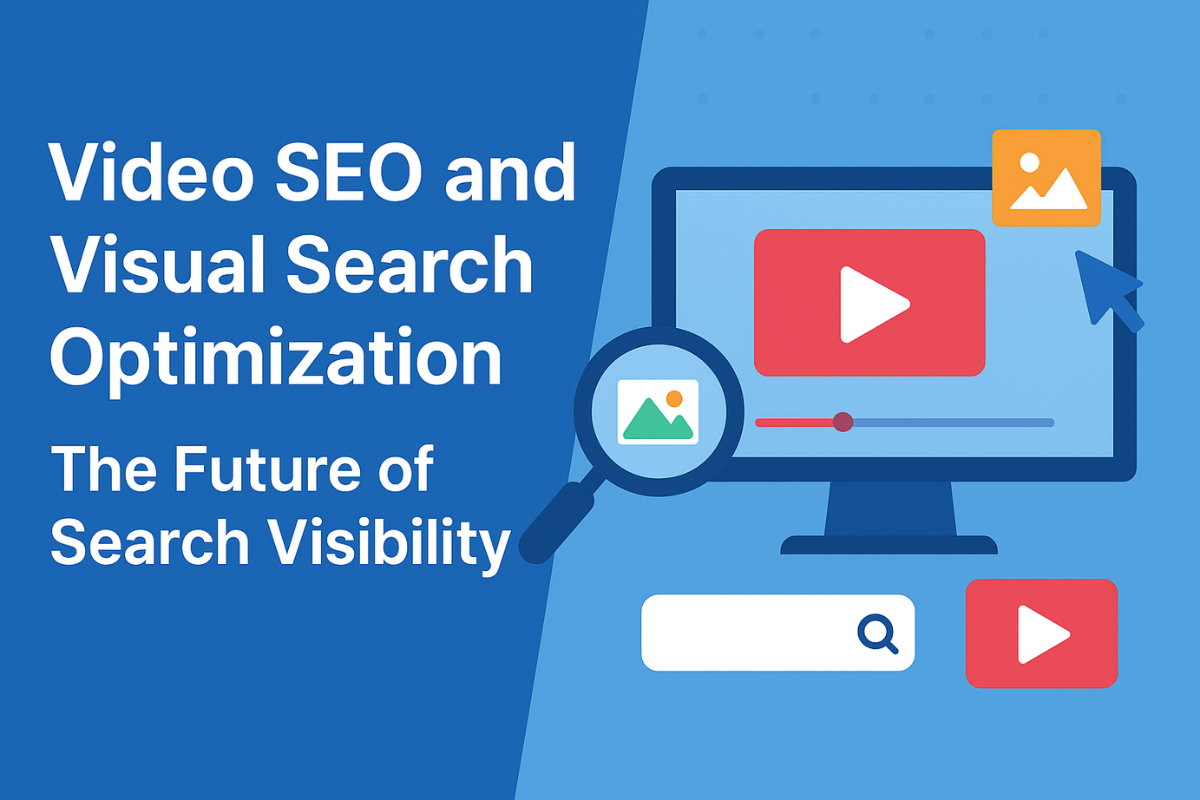The way people search online is changing — fast. With the rise of AI tools and conversational interfaces, Google has introduced one of its most significant updates yet: Google SGE, or Search Generative Experience. This AI-powered feature is reshaping the search engine results page (SERP) by offering users quick, synthesized answers directly at the top — often eliminating the need to click on traditional links.
As a digital marketer, ignoring Google SGE is no longer an option. This new search experience is not only changing how content is delivered but also how visibility, authority, and user behavior are measured. In this blog, we’ll break down exactly what Google SGE is, how AI Overviews work, and what it all means for SEO in 2025 and beyond. Whether you run a business, manage content, or work in digital strategy, understanding Google SGE is now critical to staying ahead of the curve.
What Is Google SGE and How Does It Work?

Google SGE, or Google Search Generative Experience, is a cutting-edge shift in how users interact with search results. Instead of listing traditional blue links, Google SGE uses generative AI to provide instant, AI-generated overviews at the top of search engine results pages (SERPs). These overviews summarize complex topics, answer questions, and pull information from a variety of credible sources — all before users even click.
This means Google SGE is creating a more conversational, interactive experience that mirrors how people use AI tools like ChatGPT or Gemini. It’s still in the experimental phase, but its integration is already reshaping SEO as we know it.
How AI Overviews Are Reshaping the Search Landscape
AI Overviews — the centerpiece of Google SGE — are designed to reduce friction for users by immediately summarizing search intent. Instead of forcing users to sift through multiple pages, these AI snapshots provide quick answers, complete with follow-up question suggestions and linked sources.
As Google SGE evolves, it’s pulling more content into these summaries, which has significant implications for organic traffic. Websites now face the challenge of being featured in the summary rather than just ranking high in SERPs. For marketers, this means SEO needs to focus not only on rankings but also on visibility within Google SGE’s AI-generated context.
The Impact of SGE on Traditional SEO Strategies
Traditional SEO strategies focused heavily on keyword rankings, backlinks, and meta optimizations. With Google SGE, that model is being disrupted. Since users often get their answers directly from AI Overviews, they may never scroll down to traditional links — causing a rise in “zero-click searches.”
This shift forces marketers to reimagine success. Being listed in the AI summary section of Google SGE now holds more value than simply ranking #1 in a conventional way. The key is to understand how Google SGE selects sources — and then tailor content accordingly to meet those criteria.
Opportunities Within SGE: How to Still Rank and Be Seen
Despite initial fears, Google SGE presents new opportunities for brands to increase their digital visibility. Websites that provide clear, credible, and well-structured information are more likely to be cited in AI Overviews. Being featured in Google SGE’s summary means becoming a trusted source — not just a ranked page.
To get there, marketers should focus on answering specific questions concisely, using subheadings that reflect user intent, and incorporating authoritative data. Including FAQ sections, bullet points, and schema markup can also boost your chances of being pulled into Google SGE’s results.
Optimizing for SGE: What Google Looks for in Featured Content
When determining which content to surface in Google SGE, Google prioritizes pages that exhibit EEAT — Experience, Expertise, Authoritativeness, and Trustworthiness. If your site is well-optimized for EEAT, it stands a better chance of being featured in AI Overviews.
To optimize for Google SGE, ensure your content is backed by credible sources, authored by experts, and free of fluff. Adding author bios, citing data from reputable studies, and clearly answering queries in a conversational tone all contribute to content that’s more likely to be highlighted by Google SGE.
The Role of Structured Data & Schema in AI-Powered Results
Structured data and schema markup have long helped search engines understand context, but their importance has increased significantly with Google SGE. Schema helps Google interpret what your content means — not just what it says — making it easier for AI to extract relevant snippets.
By implementing structured data for articles, FAQs, authorship, and even product reviews, businesses can improve their content’s chances of inclusion in Google SGE summaries. Think of schema as a way to “speak the language” of AI-driven search engines, giving Google SGE clear signals about your site’s relevance and credibility.
Content Strategies That Work in the Age of AI Search
Content must now do double duty — serve the user and serve Google SGE. That means producing clear, concise, well-structured information that anticipates user intent and directly answers common questions.
To align with Google SGE, marketers should create topical clusters, leverage semantic keywords, and continuously update evergreen content. Content should be broken into skimmable sections, include strong headers, and avoid keyword stuffing. Instead, focus on intent-driven writing that AI can easily understand and repurpose within the Google SGE framework.
Is Organic Traffic Dead? Reframing Success in a Post-SGE World
No, organic traffic isn’t dead — but it’s being redefined. With Google SGE dominating the top of SERPs, the focus must shift from clicks to brand presence, authority, and overall visibility. If your content appears in AI Overviews, you’re still building trust and influence — even if the user doesn’t click.
Google SGE rewards relevance and clarity. So instead of measuring success purely by traffic volume, track impressions, AI snapshot placements, and branded search growth. Success in the Google SGE era is about being part of the conversation — not just ranking in it.
What Google SGE Means for Local and E-Commerce SEO

For local businesses and e-commerce brands, Google SGE offers both risks and rewards. Local queries like “best dentist near me” may trigger AI Overviews that highlight top providers — creating new visibility for those optimized with Google Business Profiles, reviews, and location-specific content.
E-commerce sites can benefit by being cited in product comparisons or “top picks” surfaced by Google SGE. Optimizing product descriptions, using structured data, and building strong customer reviews are key. The better your data and UX, the more likely Google SGE will feature you in its summaries or purchasing paths.
Final Thoughts: Embracing the Future of Search, Not Fighting It
Google SGE is more than an update — it’s a paradigm shift. Rather than resist it, marketers should embrace the new opportunities it presents. From building authority to enhancing structured data and refining content strategy, SEO in the age of Google SGE requires adaptability and a deep understanding of user intent.
The businesses that thrive in this environment will be those that think beyond rankings — and build trust with both users and AI. As Google SGE continues to evolve, staying agile, informed, and focused on value-driven content is the best way forward.














